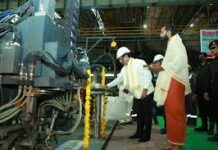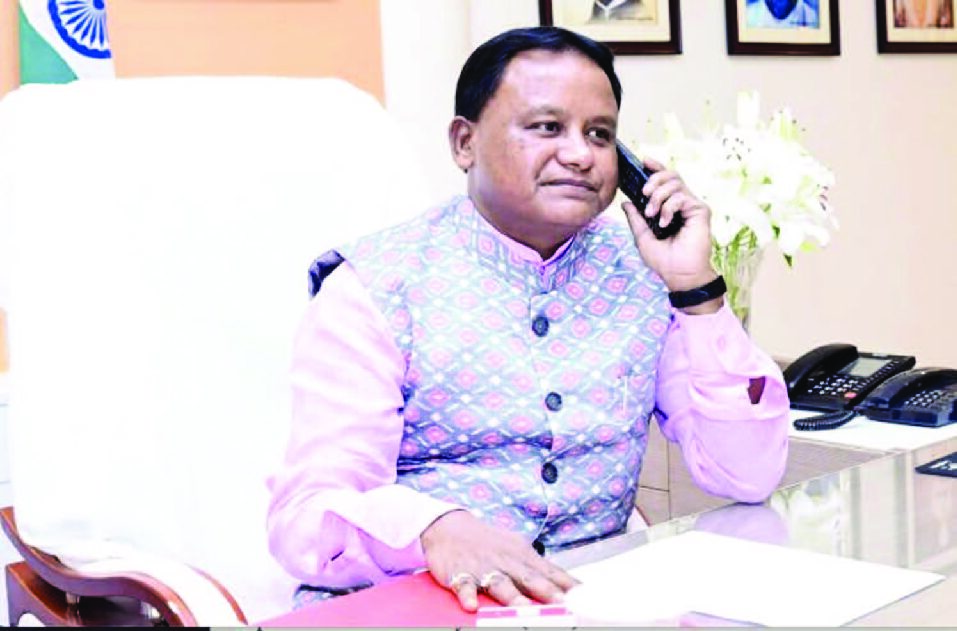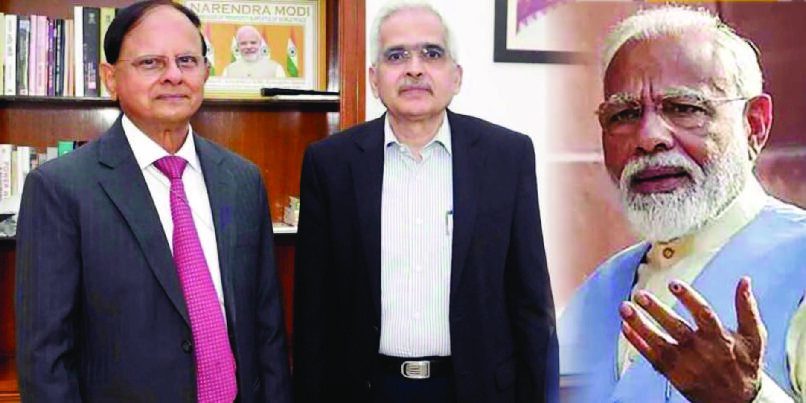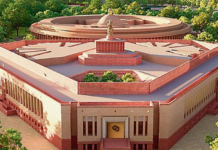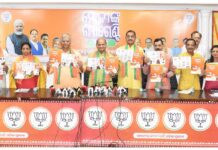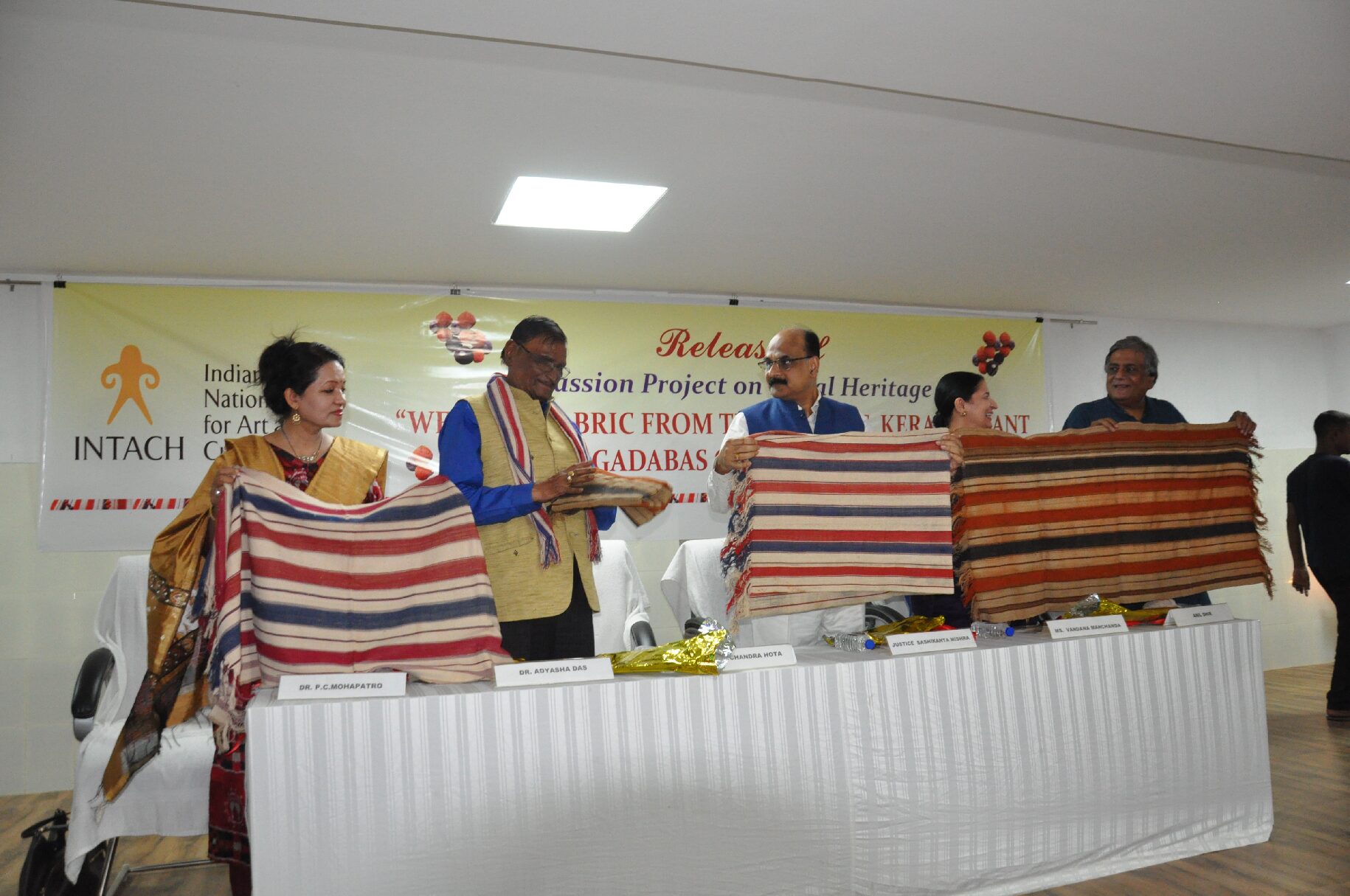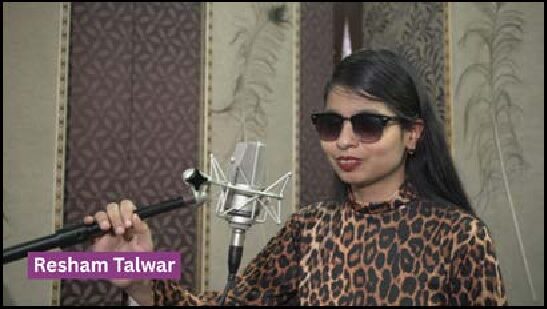Pramod Mishra, worked with Modi in Gujarat. Even the retired bureaucrats, who did not work with him in the past are quite familiar with his working style and aware of his priorities. Hence, they not only coordinate well and act in sync as a team but also propel the Prime Minister’s agenda in a way that convinces the people of the country.
Recently former Reserve Bank of India (RBI) governor Shaktikanta Daswas appointed principal secretary-2 to the Prime Minister. This wasanother example of Prime Minister Narendra Modi’s reliance on retiredbut efficient IAS officers.
The second-longest RBI governor, Das, who like Prime Minister’s firstprincipal secretary Pramod Mishra, hails from Odisha, is set to serveas principal secretary to the Prime Minister until Modi’s currenttenure ends in 2029.
The Prime Minister has right from the beginning relied on a handpickedgroup of retired officers to helm and anchor key policy andadministration areas including foreign and economic policy and alsonational security. These officers have been the eyes and ears of theModi government and have a perfect understanding of the PrimeMinister’s governance style and ideological and administrative vision.
Among his most trusted lieutenants is Pramod Mishra, a 1972-batch IASofficer from Gujarat cadre who in 2014 moved with Modi to the nationalcapital.
In Gujarat, Mishra served briefly as principal secretary to the chiefminister until 2004 whereas in Delhi, he has been Modi’s right-handman for the last 11 years. While Modi was still the chief minister ofGujarat, Mishra visited Delhi on central deputation, retiring as Unionagriculture secretary in 2008. After returning to Gujarat, he wasappointed the chairman of the Electricity Regulatory Commission forfive years.
In 2014, he came to Delhi with Modi as the additional principalsecretary to the PM. Since Mishra enjoyed familiarity and a network inthe corridors of the North Block it helped the Prime Minister who wasstill trying to familiarise himself with Delhi. In 2019 Mishra waselevated to the post of principal secretary to the PM, effectivelybecoming the sole power center in the PMO. The PM’s dependence on himis such that at the beginning of Modi’s third term, Mishra’sretirement was denied when he requested it on health grounds.
Another key aide of Modi is AjitDoval,a retired IPS officer, who hasbeen his National Security Adviser since 2014. He has the power tosummon secretaries from any ministry to the SPG meeting, signalling aformal shift in India’s national security decision-making from thecabinet secretariat. Until 2019, more than to the home minister, itwas to Doval that the agency heads of the Intelligence Bureau,Research and Analysis Wing, and the National Technical Research Office(NTRO) reported regularly. Doval was reportedly even involved in thekey affairs of the Central Bureau of Investigation and the NationalInvestigation Agency.
Doval has a deep and vast network within the RashtriyaSwayamsevakSangh (RSS) and its affiliates across the country. Many of thegovernment and the RSS’s formal and informal outreach programmes toMuslims, for instance, are said to be Doval’s ideas.
Shaktikanta Das is the latest to join the list of Modi’s most trustedlieutenants and has been appointed as principal secretary-2 to the PMon account of Pramod Mishra’s advancing age.
Since Modi came to power in 2014, it has been clear that it is the PMOwhere key decisions become government policies. P.K. Mishra and hispredecessor, Nripendra Mishra, have been the most prominent officersin the PMO. Talking of retired officers even now, retired IAS officersAmit Khare and Tarun Kapoor of the 1985 and 1987 batch, respectively,are serving as advisers in the PMO. Khare retired from the governmentas education secretary but is known to have been instrumental inframing the National Education Policy and handles the social sector.Kapoor’s domain is economic matters.
If sources are to be believed Rajiv Gauba, former cabinet secretarywith the Modi government, may be roped in the PMO in the coming days.Thus, Prime Minister Narendra Modi’s reliance on retired but efficientofficers continues.
What makes it easy for Modi to work with these officials is the factthat some of them have worked with him in the past. The mostsignificant example is Pramod Mishra himself who worked with him inGujarat. Even those who did not work with him in the past are quitefamiliar with his working style and aware of his priorities. Hence, they not only coordinate well and act in sync as a team but alsopropel the Prime Minister’s agenda in a way that convinces the peopleof the country.
Such understanding among key officials at the top is necessary toensure the smooth functioning of the PMO which is the nerve centre ofbureaucratic activity. The executive can function efficiently only ifthese officers act in sync.







